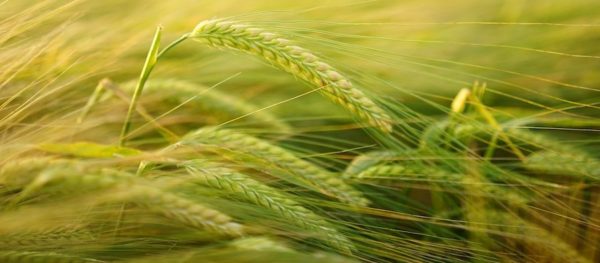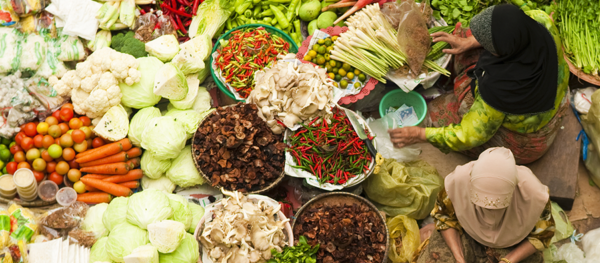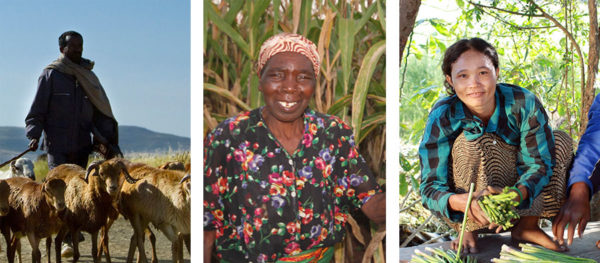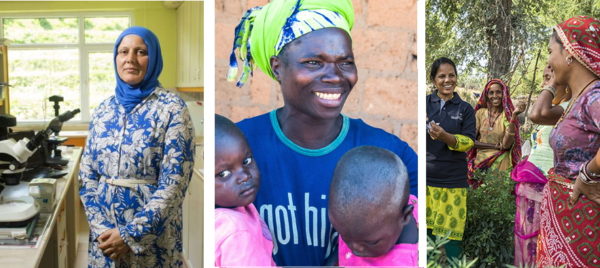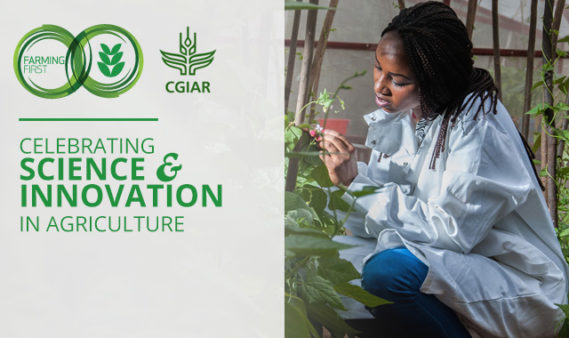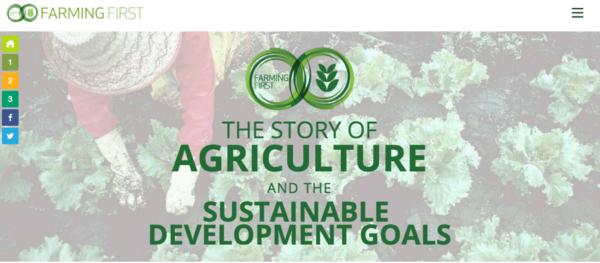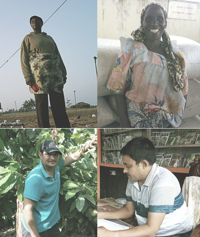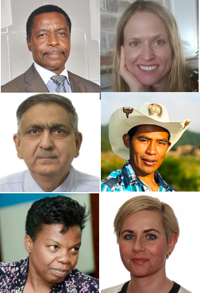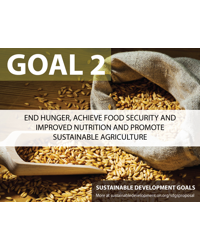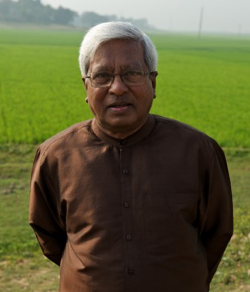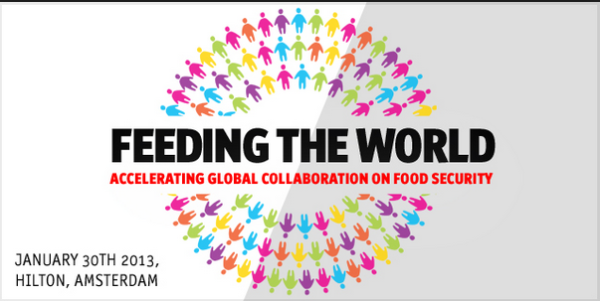Tag: Farming First

Farming First Supporters Respond to COVID-19
Global: As the COVID-19 pandemic continues to unfold, Farming First is committed to keeping those involved in global agricultural development up to date with relevant news from our community of supporters.
Read MoreNew Campaign: Innovations for Sustainable Food Systems
Global: Our food systems are under unprecedented pressure. With the global population expected to reach 8.6 billion by 2030, making food systems more sustainable will depend on the development and deployment of innovative tools and approaches around the world.
Read More2017 in Review: Ten Top Moments from Farming First
Global: Join Farming First as we look back on some of the most important moments throughout the year, featuring many of our supporters and partners.
Read More14 Ways Agriculture is Contributing to the Sustainable Development Goals
Global: Read some top picks from the stories submitted below in this latest "Supporter Spotlight" blog. For more stories, search #Ag4SDGs on Twitter.
Read More#IWD2017 – 17 Programs Helping Women Feed the World
Global: Find out more about the fantastic work our supporters are doing to help women all over the world feed their families, communities and the world.
Read More2016 in Ag Hashtags!
Global: We take a unique look back at 2016, via the hashtags Farming First has used to engage with the most important issues of the year. From #LovePulses to #IamAg - we analyse what got the sustainable agriculture community talking.
Read MoreFarming First Celebrates Double Win at CorpComms Awards 2016
Global: "The Story of Agriculture and the Sustainable Development Goals" wins best campaign by a not-for-profit and comes highly commended in best international campaign category.
Read MoreFarming First’s “The Story of Agriculture & SDGs” Shortlisted for Industry Award
Global: Farming First has been shortlisted for a Gold EMEA SABRE Award under the "associations" category.
Read MoreFarming First’s 15 Heroes of 2015
Global: Celebrating 2015, a milestone year for development by choosing 15 heroes, some of Farming First’s most hardworking supporters and partners.
Read MoreAgriculture Well Represented in Post-2015 Negotiations Final Text
Global: Final post-2015 text features many of the key issues Farming First has been advocating for during the process.
Read MoreSir Fazle Hasan Abed wins World Food Prize
Asia: Founder of BRAC is given the most prominent global award for breakthrough achievements in alleviating hunger and poverty.
Read More13 Highlights from Farming First’s 2013 Activity
Global: 2013 has proved to be another action packed year for Farming First, as we further our goal of getting sustainable agriculture to the top of the global agenda. As we near the end of the year, ‘Farming First co-chairs Morgane Danielou and Robert Hunter take a look back and count down the top 13 moments […]
Read More